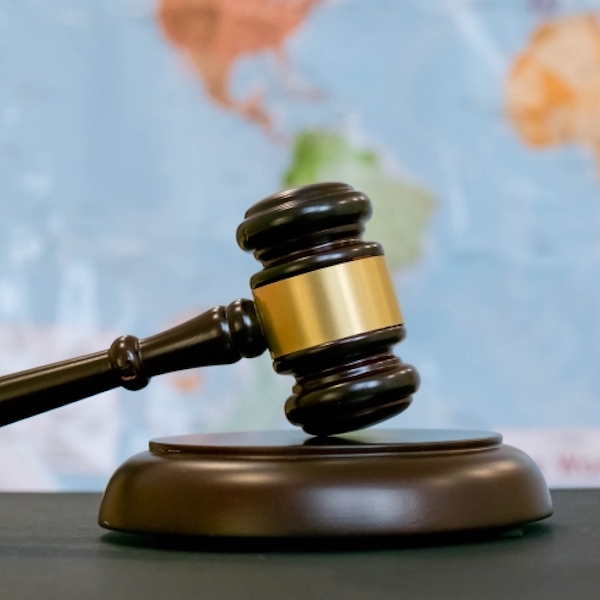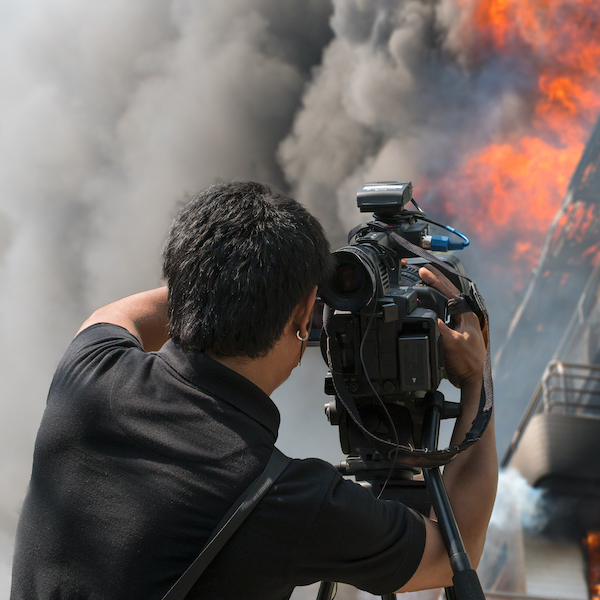Implementation Guide for CM/Rec(2016)4

How to protect journalists and other media actors?
 Implementation Guide to Recommendation CM/Rec(2016)4 on the Protection of journalism and safety of journalists and other media actors
Implementation Guide to Recommendation CM/Rec(2016)4 on the Protection of journalism and safety of journalists and other media actors
 Extended Implementation Guide to selected topics under Prevention and Promotion Pillars of the Guidelines of Recommendation CM/Rec (2016)4 on the Protection of journalism and safety of journalists and other media actors
Extended Implementation Guide to selected topics under Prevention and Promotion Pillars of the Guidelines of Recommendation CM/Rec (2016)4 on the Protection of journalism and safety of journalists and other media actors
 Self-assessment tool for member states on selected topics regarding the protection of journalism and safety of journalists and other media actors - under the Protection and Prosecution pillars of the Guidelines of Recommendation CM/Rec(2016)4
Self-assessment tool for member states on selected topics regarding the protection of journalism and safety of journalists and other media actors - under the Protection and Prosecution pillars of the Guidelines of Recommendation CM/Rec(2016)4
 Self-assessment tool for member states on selected topics regarding the protection of journalism and safety of journalists and other media actors - under the Prevention and Promotion pillars of the Guidelines of Recommendation CM/Rec(2016)4
Self-assessment tool for member states on selected topics regarding the protection of journalism and safety of journalists and other media actors - under the Prevention and Promotion pillars of the Guidelines of Recommendation CM/Rec(2016)4
For each priority topic area identified in the Recommendation, the Implementation Guide:
Establishes indicators in order to generate baseline information against which progress in the implementation of the Recommendation can be assessed;
Provides background information including references to the case-law of the European Court of Human Rights and to other sources;
Highlights valuable practices in the area which have emerged so far, taking into account both the input of journalists and journalist associations, as well as the contributions of member states;
Makes suggestions to the authorities on possible ways to implement the Recommendation;
Offers a self-assessment tool for member states in the form of a questionnaire to help them review the state of implementation of the Recommendation in their jurisdiction.
Attacks against journalists and other media actors constitute particularly serious violations of human rights because they target not only individuals, but deprive others of their right to receive information, thus restricting public debate, which is at the heart of pluralist democracy. In response to the alarming and unacceptable level of threats to journalists and media actors in Europe, and given the damaging effect on the functioning of democratic society, in April 2016, the Committee of Ministers of the Council of Europe adopted Recommendation CM/Rec(2016)4 on the protection of journalism and safety of journalists and other media actors (hereinafter – Recommendation CM/Rec(2016)4, the Recommendation). The Recommendation is the sole international instrument which provides exhaustive guidelines to member states to act in the areas of prevention, protection, prosecution, promotion of information, education and awareness rising with a view to ensuring the effective protection of journalism and safety of journalists and other media actors.
The Platform reports on serious threats to the safety of journalists and media freedom in Europe in order to reinforce the Council of Europe’s response to the threats and member states’ accountability.
CDMSI and Implementation strategy for Recommendation CM/Rec(2016)4
While the Council of Europe is continuously working on the implementation of Recommendation CM/Rec(2016)4 by supporting national authorities through cooperation assistance activities and by providing responses to challenges to media freedom and safety of journalists, a more strategic and systematic implementation of the Recommendation is required. The Council of Europe Steering Committee on Media and Information Society (CDMSI) has thus developed an Implementation strategy for Recommendation CM/Rec(2016)4 which foresees, as one of its key pillars, the present Implementation guide. This document aims to assist member states in the implementation of selected areas of the protection and prosecution pillars of the Guidelines contained in the Appendix to the Recommendation and to provide guidance to other stakeholders such as journalists and other media actors. As an ultimate outcome, the Guide is intended to support member states in devising, based on Council of Europe Recommendation CM/Rec2016(4) and best practices of Council of Europe member states and other jurisdictions, dedicated national action plans on the safety of journalists, setting a comprehensive and effective programme of activity, with urgency-based priorities and adequate resources for their implementation.
Priority areas
The priority areas have been identified in consultation with civil society and journalists’ associations through a questionnaire, taking into account the priorities set by various bodies/departments of the Council of Europe which work in the area of safety of journalists and the protection of journalism.

Legal framework to ensure independence of the media and safeguard media pluralism (paragraph 1 of the Guidelines)

Implementation of comprehensive legislative framework that enables journalists and other media actors to contribute to public debate effectively and without fear (paragraph 2 of the Guidelines, continued)

Independent, substantive review of legislative framework (paragraphs 3-5 of the Guidelines)

Defamation laws include freedom of expression safeguards that conform to European and international human rights standards (paragraph 6 of the Guidelines)

Clear legal basis for surveillance and interception of communications data that includes safeguards against misuse and abuse (paragraph 7 of the Guidelines)

Raising awareness of safety issues; translation and dissemination of the Recommendation (paragraphs 28 and 29 of the Guidelines)

Partnerships with civil society (paragraph 30 of the Guidelines)

Early-warning, rapid response mechanisms and protection measures to ensure the safety of journalists (paragraphs 8 – 10 of the Guidelines)

Discriminatory or arbitrary application of legislation or sanctions to silence journalists and other media actors (paragraph 13 of the Guidelines)

Role of journalists and other media actors covering demonstrations and other events (paragraph 14 of the Guidelines)

Hostility and undermining the integrity of journalists by public authorities (paragraph 15 of the Guidelines)
 The implementation guide is a unique tool that helps to promote and foster the implementation of the recommendation on the protection of journalism and safety of journalists and other media actors
The implementation guide is a unique tool that helps to promote and foster the implementation of the recommendation on the protection of journalism and safety of journalists and other media actors
Who is it meant for? Member States and for any other stakeholders such as NGOs, the judiciary, bar associations that litigate on journalists’ cases
"How European states respond to these threats to journalists will shape not only the future of the press, but also that of our democracies." - read the full statement by the Commissioner for Human Rights Dunja Mijatović








